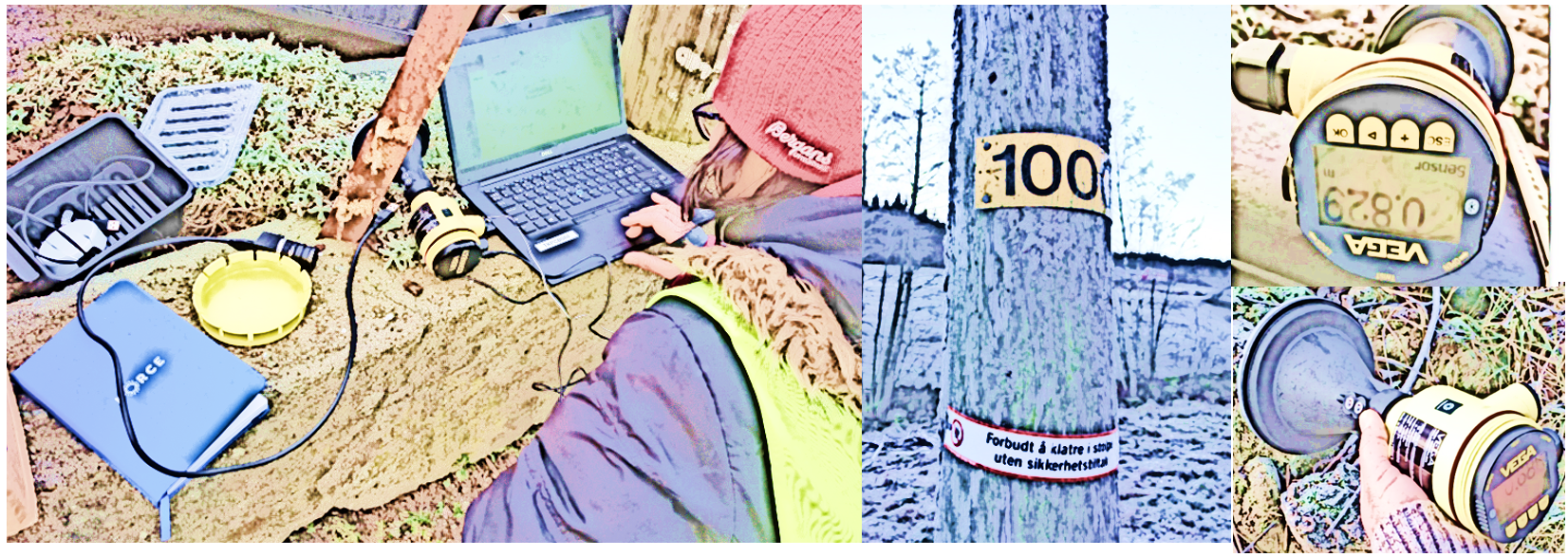RIUWP project
Remote sensing has been successfully used for surface monitoring of electricity power lines, poles, transformers and other equipment so that defects are discovered and power supply interruptions are reduced. Nevertheless, remote sensing technologies and techniques are still facing the complex task to effectively screening the inside of the infrastructure and detect hidden defects, for example, rot inside utility poles and over and underground, thus, hardly any non-visible damage and defects can be recognized without to destructively reveal them. This competency building initiative is devoted to establishing a benchmark concept and methodologies for airborne remote sensing of subsurface defects in large and complex infrastructures, specifically, of wooden utility poles within the electricity transmission and distribution network. The ambition of RIWUP is to lay the foundation to enable that all poles are in service to their true remaining useful lifetime and preventing unpredicted failure. Today, the safety and serviceability of the WUPs depend on relatively sparse periodic inspections based on human inspectors and do not provide a high degree of confidence on the condition and useful life while still having dangerous poles in service. In a close collaboration with NMBU, Teknova has conceptualized a new method for remote inspection based on in-depth understanding of pole rot signals and the mathem. and statistical structures in them. This initiative strives for airborne scanning using a compact multi-modal sensing (i.e. visual, infrared thermal, radar tomography, and laser absorption spectroscopy) for collecting data from long distances and uncovering rot.
Project Updates
Energiforskningskonferansen 2019 – 29. May 2019
Conference poster on hyperspectral imaging of rot in wood – 13. February 2019
Eyes in the Skys – 5. December 2018
Utilization of Hi-tech methods for detecting rotten power posts – 30. November 2018
